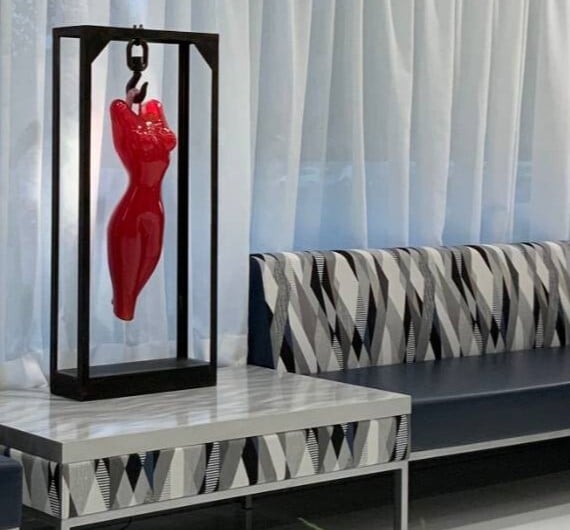While recently visiting Dr. Frank Lista, a colleague of mine in Toronto, he described to me a technique for treating gynecomastia that he described and has been quite successful with. The technique is called the “Pull-through technique”. Here’s the story behind the technique and the reason I have adopted it.
The breast is a combination of glandular tissue and fat, mixed together, and covered by skin. It sits atop the pectoralis major muscle on the chest. In the male breast, if there is excess glandular tissue (which is not removable by liposuction), then there can be excess fullness of the male breast. If the breast is very fatty, it may be amenable to reduction via liposuction, which involves making a very small incision, about ¼ inch in length and using a metal tube attached to a suction source to remove the fat. The problem is when the fat consists of small globules amidst a dense matrix of glandular tissue; the fat is not as accessible for removal by liposuction.
In my experience, when performing liposuction alone for gynecomastia, I have been able to remove some fat, and reduce the breast somewhat, but I was never able to remove the excess glandular tissue, therefore limiting the overall cosmetic result of the procedure.
The classic procedure that has been around for years is an open incision approach (around the areola) with direct excision of the breast tissue. In some cases, this procedure has been complicated by nipple numbness, fluid collections, suboptimal contours and a longer recovery.
Now, there is a new alternative. Using the pull-through technique, a ¼ incision is made on the lower breast near the side of the chest wall. Liposuction is used for initial fat removal. Next, the glandular tissue is grasped with a special instrument and removed in small pieces through the incisions on the side of the chest. The advantages to this procedure are significant. There is removal of both glandular tissue and fat, not just fat. No incision needs to be made around the lower half of the areola. There is no empty space seen after direct excision with the risk of a fluid collection. Risk of hematoma (bleeding after surgery is less). As the tissue is removed gradually in small fragments, the contour of the result can be better controlled during the surgery.
This procedure is suitable for most all patients with gynecomastia from the 16 year old muscular male to the slightly overweight middle aged male. There is little discomfort after surgery. The only requirement is to wear a compression garment (vest) for three weeks after surgery. Patient satisfaction is high and the risk of complications is low.

